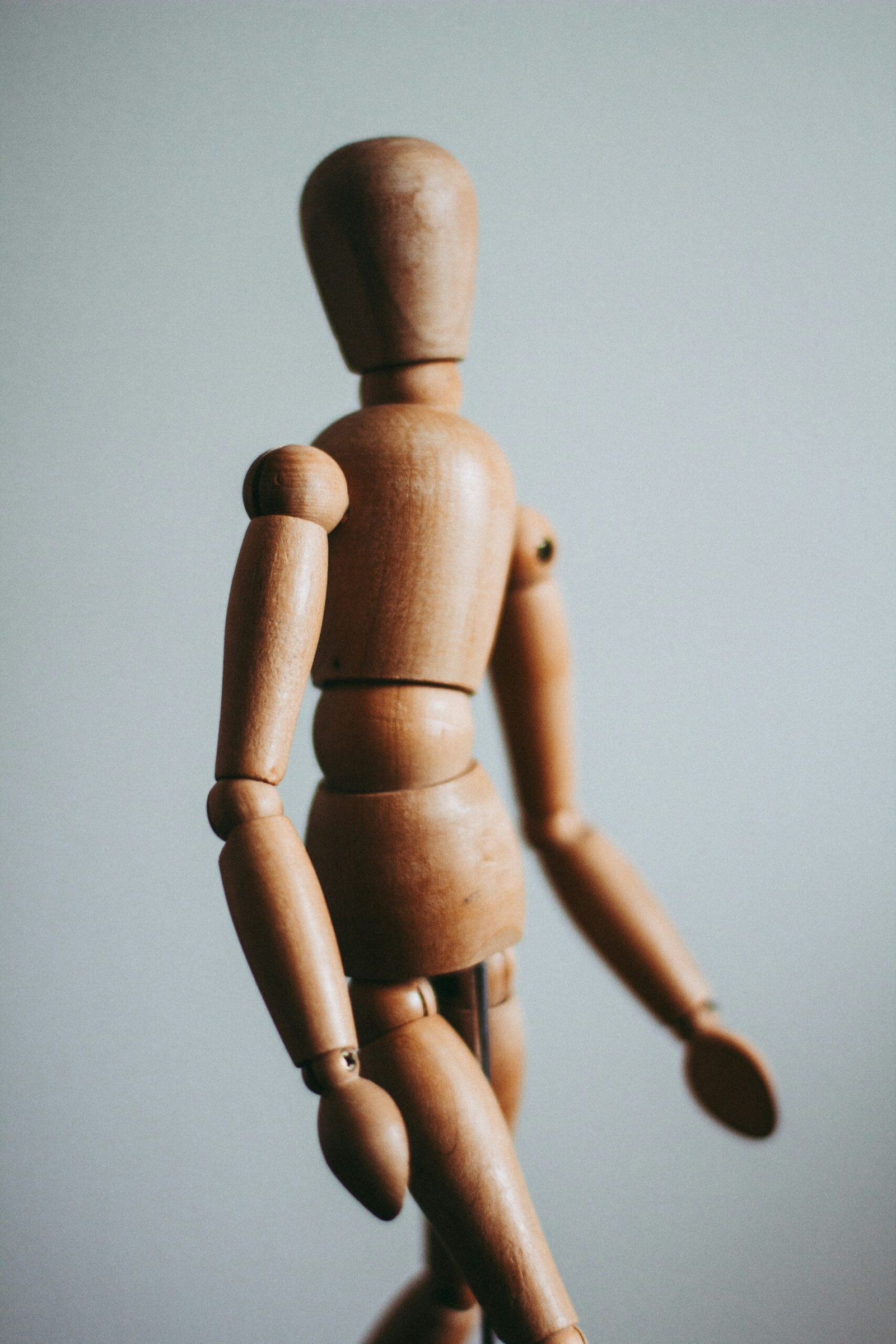The human body is an intricate and complex system, composed of several systems and organs that work together to ensure its vital functions. Each component plays a unique role in maintaining the overall health and well-being of an individual. In this article, we will explore the main components of the human body and their functions.
Skeletal System
The skeletal system forms the framework of the body and is responsible for providing support, protection, and movement. It consists of bones, cartilage, ligaments, and tendons. The skeletal system also produces blood cells and stores essential minerals such as calcium and phosphorus.
Muscular System
The muscular system enables movement and provides stability to the body. It is composed of muscles, which are responsible for contraction and relaxation. Muscles are categorized into three types: skeletal, smooth, and cardiac. Skeletal muscles are attached to bones and allow voluntary movement, while smooth muscles are found in the walls of organs and facilitate involuntary movements. Cardiac muscles are specific to the heart and ensure its continuous pumping.
Cardiovascular System
The cardiovascular system, also known as the circulatory system, is responsible for the transportation of oxygen, nutrients, hormones, and waste products throughout the body. It comprises the heart, blood vessels, and blood. The heart pumps oxygenated blood to the body’s tissues and returns deoxygenated blood to the lungs for oxygenation.
Respiratory System
The respiratory system is responsible for the exchange of gases, primarily oxygen and carbon dioxide. It includes the nose, throat, larynx, trachea, bronchi, and lungs. The process of respiration involves inhaling oxygen and exhaling carbon dioxide. The respiratory system also plays a role in regulating the body’s pH balance.
Digestive System
The digestive system is responsible for the breakdown and absorption of nutrients from food. It includes the mouth, esophagus, stomach, small intestine, large intestine, liver, gallbladder, and pancreas. The process of digestion begins in the mouth, where food is chewed and mixed with saliva, and continues through the various organs until nutrients are absorbed into the bloodstream.
Urinary System
The urinary system, also known as the excretory system, is responsible for the elimination of waste products from the body. It comprises the kidneys, ureters, bladder, and urethra. The kidneys filter waste products, excess water, and toxins from the blood to produce urine, which is then excreted through the bladder.
Reproductive System
The reproductive system is responsible for the production of offspring. In males, it includes the testes, penis, and associated structures, while in females, it comprises the ovaries, fallopian tubes, uterus, and vagina. The reproductive system also plays a role in the production of hormones that regulate secondary sexual characteristics.
Endocrine System
The endocrine system is responsible for the production and regulation of hormones, which are chemical messengers that control various bodily functions. It includes glands such as the pituitary gland, thyroid gland, adrenal glands, pancreas, and ovaries/testes. The endocrine system plays a crucial role in growth, metabolism, reproduction, and overall homeostasis.
Nervous System
The nervous system is responsible for coordinating and controlling the body’s activities. It comprises the brain, spinal cord, and peripheral nerves. The nervous system receives and processes information from the senses, sends signals to muscles and organs, and regulates bodily functions. It is divided into the central nervous system (CNS) and the peripheral nervous system (PNS).
Integumentary System
The integumentary system is the body’s largest organ system and includes the skin, hair, nails, and glands. It provides protection against external factors, regulates body temperature, and plays a role in sensory perception. The skin also helps in the synthesis of vitamin D.
These are the main components of the human body, each working together to ensure the proper functioning and maintenance of overall health. Understanding the roles and functions of these components allows us to appreciate the complexity and marvel of the human body.
